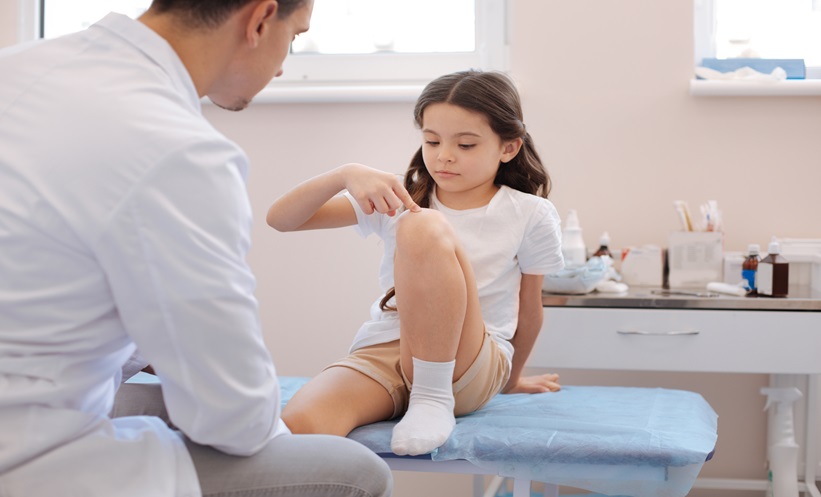RESEARCHERS have identified two new potential biomarkers, the C-reactive protein-to-albumin ratio (CAR) and the neutrophil-to-lymphocyte ratio (NLR), which could play a crucial role in predicting disease activity in children with non-systemic juvenile idiopathic arthritis (nsJIA). This study involved 130 patients with nsJIA and 62 healthy controls and aimed to explore the relationship between these biomarkers and disease activity over an 18-month follow-up period.
The study found that both C-reactive protein and CAR levels were significantly higher in patients with nsJIA compared to healthy controls. Interestingly, while no significant differences were observed for NLR and platelet-to-lymphocyte ratio between patients and controls, further analysis using a generalised estimating equation model revealed that baseline levels of CAR and NLR were predictive of a higher risk of persistent disease activity 6 months later.
These findings suggest that tracking CAR and NLR over time could help clinicians anticipate disease flares in patients with nsJIA, potentially leading to more timely and targeted interventions. Although these biomarkers did not directly correlate with the Juvenile Arthritis Disease Activity Score (JADAS-27), their predictive value for ongoing disease activity underscores their potential as tools for improving disease management in paediatric patients. The study showcases the importance of combining these biomarkers and monitoring their trends to enhance their predictive accuracy and improve outcomes for children with nsJIA.
Aleksandra Zurowska, EMJ
Reference
Di Donato G et al. Associations of C reactive protein to albumin ratio, neutrophil to lymphocyte ratio, platelet to lymphocyte ratio with disease activity in patients with juvenile idiopathic arthritis. BMC Rheumatol. 2024;8:26.








